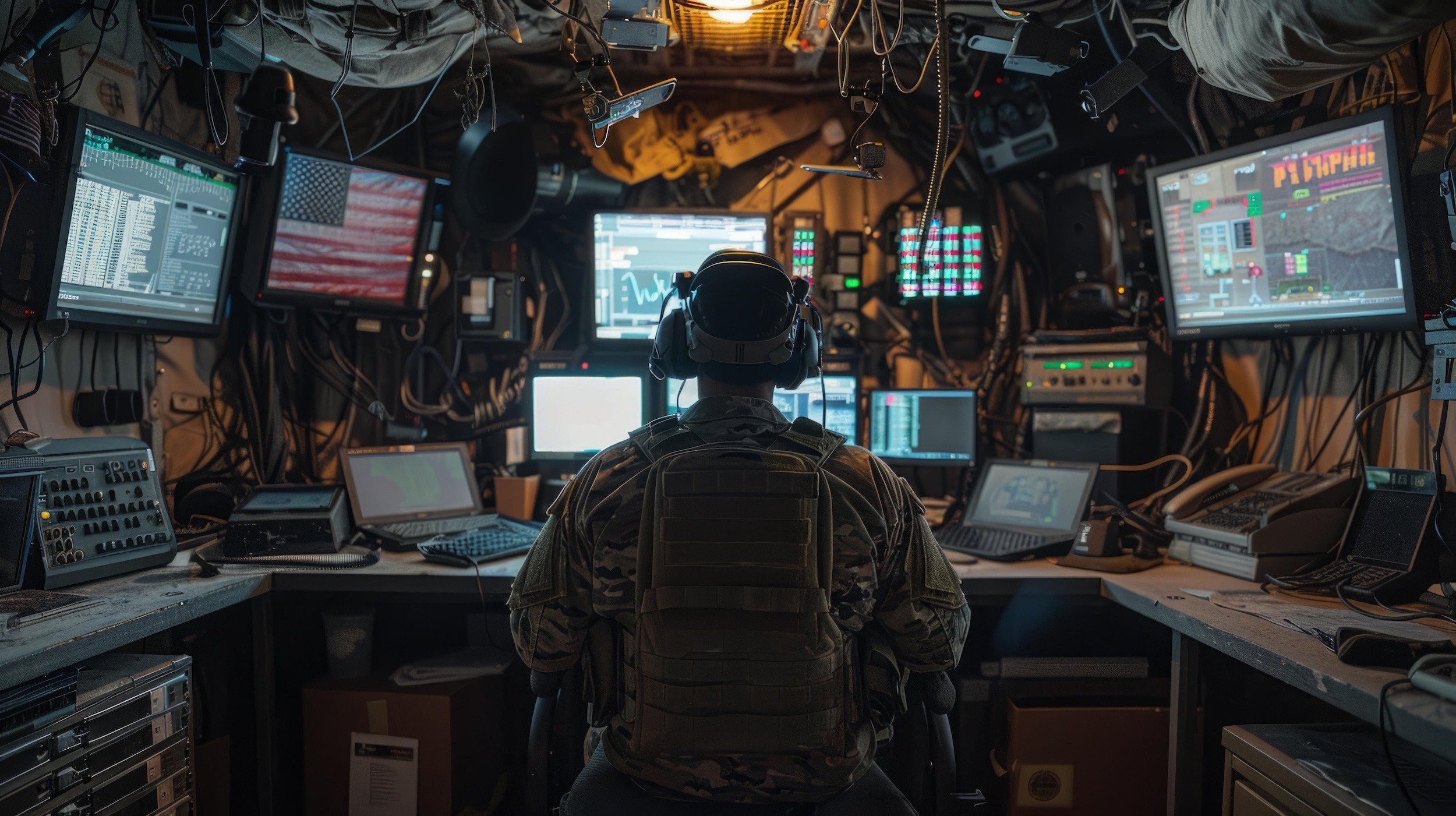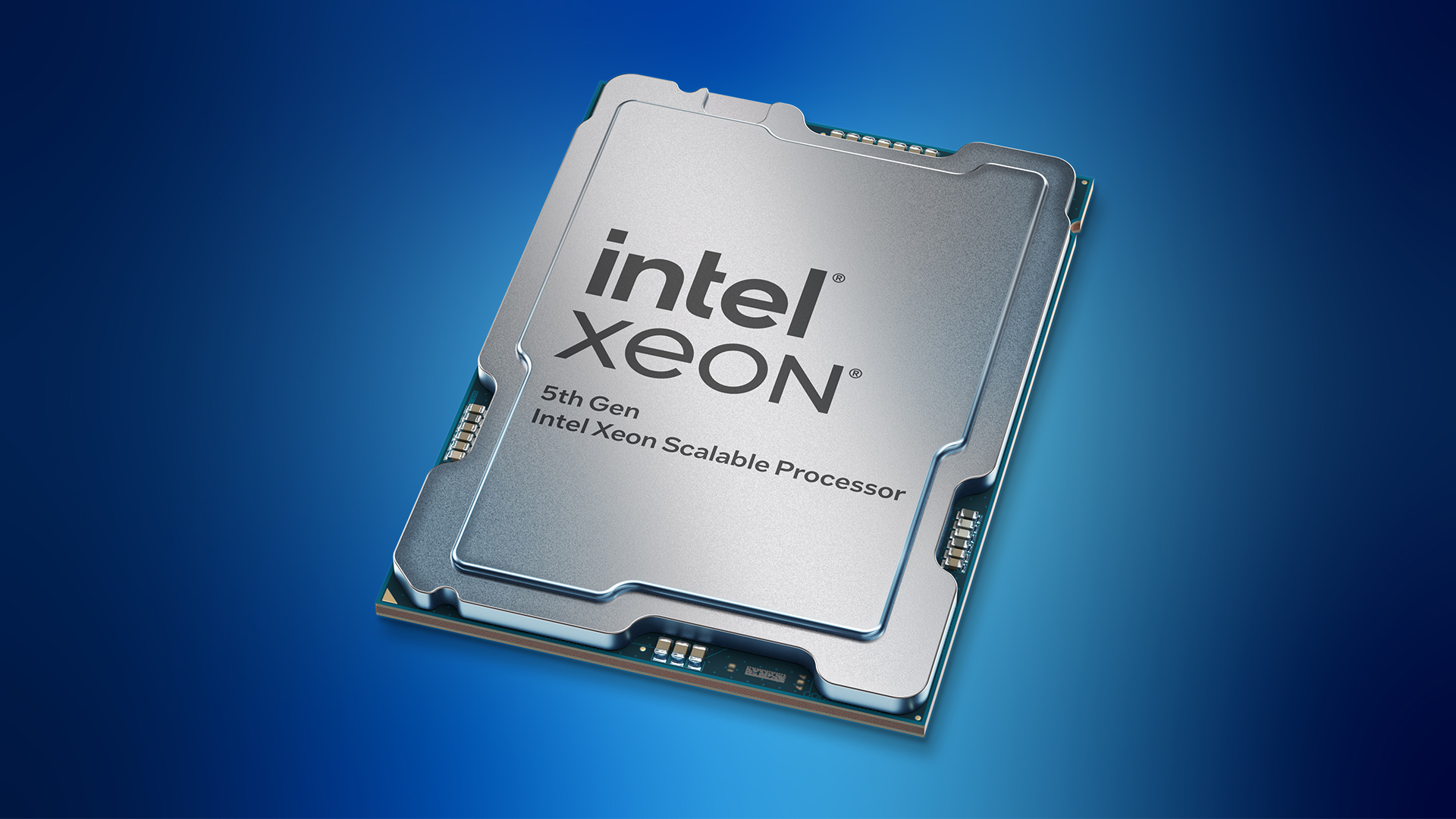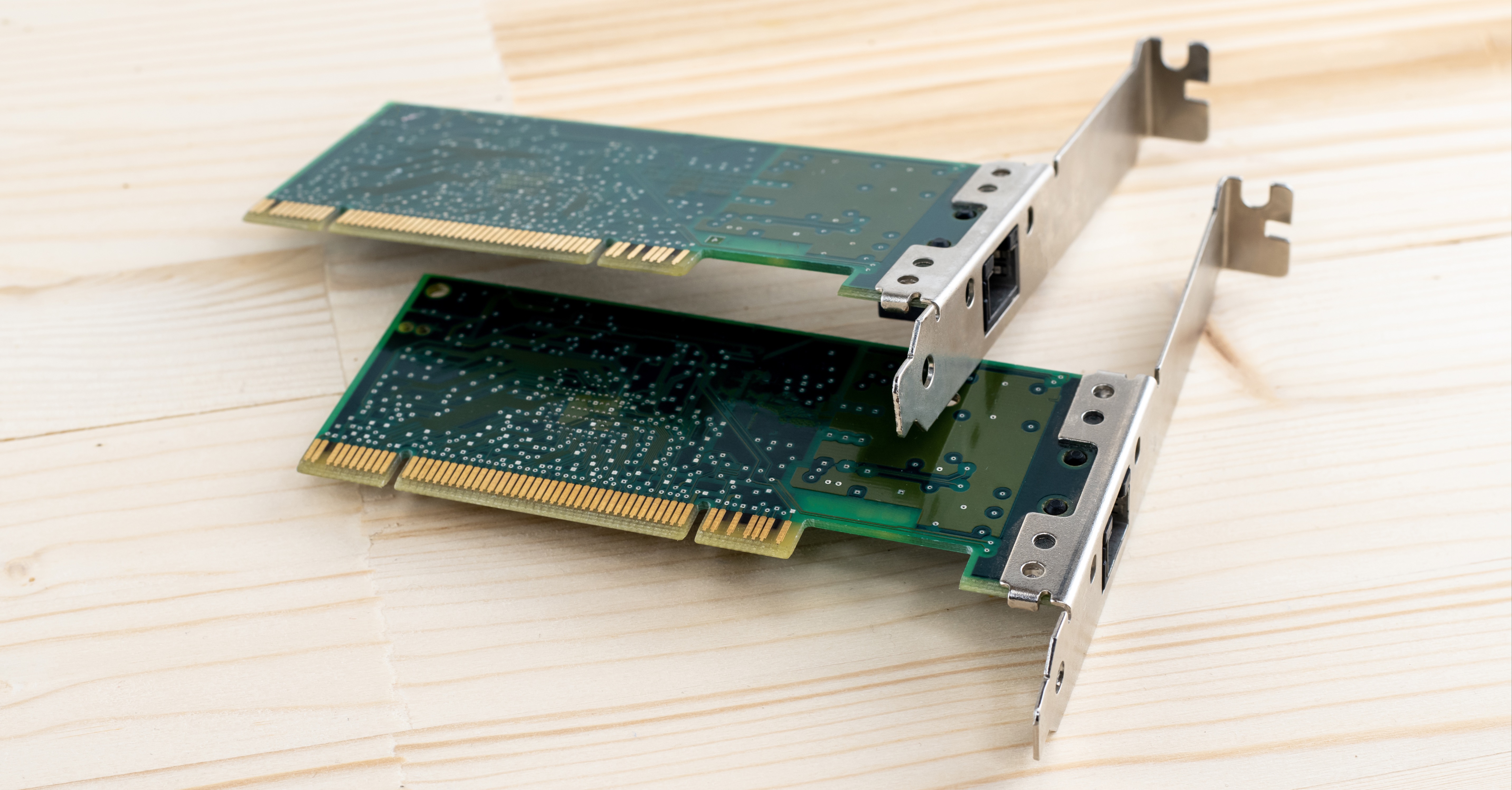Achieving Information Dominance in Military Applications through AI, Sensor Fusion, Networking, Precision Timing, and Advanced Computing
by Jim Shaw on Aug 12, 2024 6:31:42 PM
This blog post explores the critical role of AI, sensor fusion, networking, precision timing, and high-performance computing in achieving information dominance in military applications. It highlights how these technologies work together to provide situational awareness, operational su …
Your All-in-One Guide to Trenton's Intel® Xeon® Scalable Processor Configurations
by Christopher Trick on Apr 15, 2024 10:51:14 AM
Depending upon your workload requirements, budget, and/or use case, there are many different CPUs that can be used to meet the technical and performance demands of a specific application or program. In this blog, we'll dive into some of the main factors to look at when evaluating CPUs …
Your All-In-One Guide to P4 (Programming Protocol-Independent Packet Processors)
by Christopher Trick on Jun 12, 2023 2:27:49 PM
In today's rapidly evolving networking landscape, where the demand for customized protocols, flexible forwarding behaviors, and rapid innovation is paramount, network operators are increasingly seeking a solution that liberates them from the constraints of fixed-function networking de …
Top Five Things to Consider When Working With Intel's IPU E2100 ASIC
by Tony Oliva on Jun 8, 2023 10:40:00 AM
In this blog, we'll cover Intel's IPU E2100 ASIC and dive into the top five things you need to consider when working with critical applications and services within a data center or at the network edge.
Which GPUs Can Our Solutions Support? Comparisons and Use Cases
by Christopher Trick on Aug 11, 2022 10:47:25 AM
Many computers are equipped with GPUs (graphics processing units) that help take on complex tasks like graphics rendering and artificial intelligence, primarily due to their ability to divide up and process workloads among many cores. In this blog, you'll learn about the different GPU …
How Many Cores are Enough?
by Christopher Trick on Jul 18, 2022 4:42:09 PM
CPUs contain processors called cores, which take data inputs and perform computational tasks. The speed and efficiency of a CPU, however, depends upon the number of cores it has. In this blog, you'll learn the advantages and disadvantages of high core count and low core count processo …
What is a DPU (Data Processing Unit)?
by Christopher Trick on May 6, 2022 8:09:07 AM
As computing has expanded beyond servers and PCs into large, centralized data centers powered by CPUs and GPUs, the DPU has arisen as the third major pillar of computing. In this blog, you'll learn more about what a DPU is and how it helps to enhance computing power in the modern tech …
What is an IPU (Infrastructure Processing Unit)?
by Christopher Trick on May 5, 2022 4:54:00 PM
Intel has released an IPU (Infrastructure Processing Unit) that, much like a SmartNIC, aims to enhance processing, networking, and storage by freeing up a computer's CPU. In this blog, you'll learn what an IPU is, what it does, and why it's important. We'll also introduce you to an IP …
What is a SmartNIC?
by Christopher Trick on Apr 13, 2022 4:37:44 PM
As the amount of information available on a daily basis increases rapidly, data center operators are looking for ways to extract as many tasks from their servers as possible. In this blog, you'll learn more about how SmartNICs help enhance storage, security, and networking capabilitie …
What is a NIC Card (Network Interface Card)?
by Christopher Trick on Apr 12, 2022 3:05:53 PM
Many computers are equipped with NIC (network interface controller) cards to operate as a link between the computer and the network to streamline communication and share resources. In this blog, you'll learn more about how NIC cards help enhance networking and processing capabilities …
/Trenton%20Systems%20Circular%20Logo-3.png?width=50&height=50&name=Trenton%20Systems%20Circular%20Logo-3.png)



